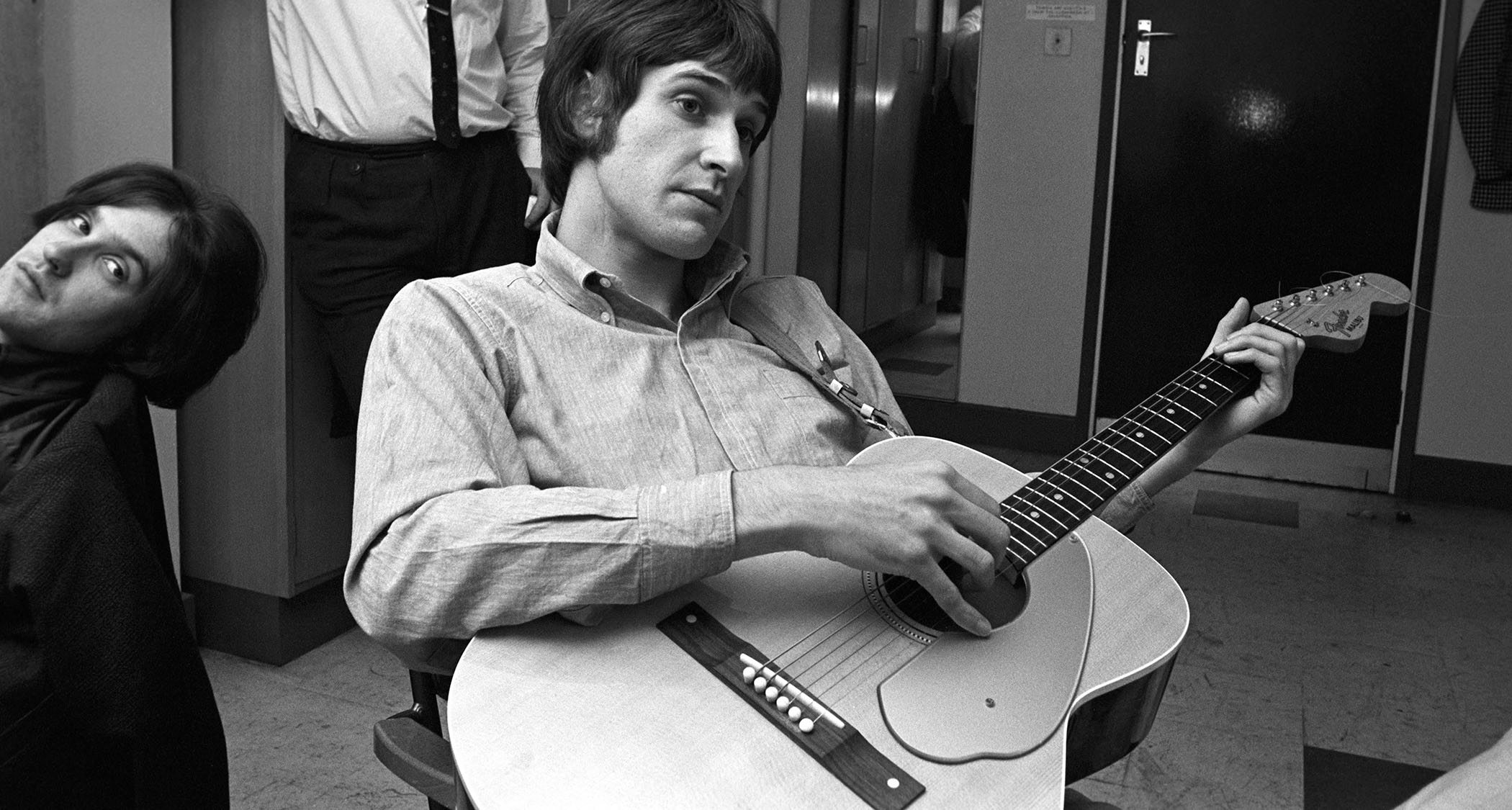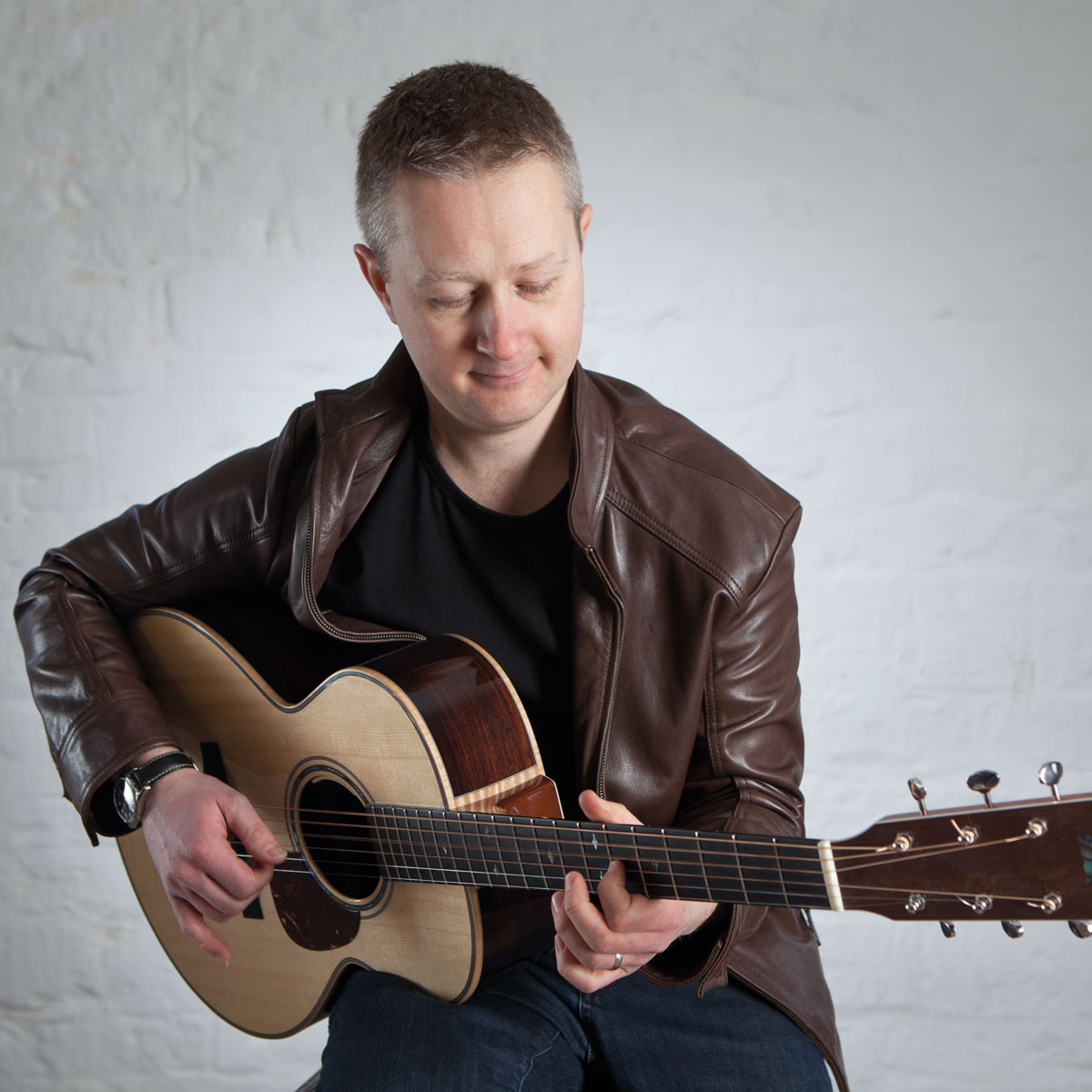They may have lit the fuse for high-voltage rock, but The Kinks are much more than You Really Got Me – and Ray Davies’ inventive acoustic style influenced a generation of players, including Pete Townshend
Listen to the guitar work of the Davies brothers and you’ll gain a real insight into how it was all done back in the 1960s

If You Really Got Me is the first thing that springs to mind when you think of The Kinks then fear not, you aren’t alone. Their 1964 hit defined an era with that ‘slashed speaker’ sound, bone-crunching riff and legendary solo.
For some it almost heralds the arrival of the heavy metal age, with the band’s young guitarist Dave Davies handling lead guitar duties.
While You Really Got Me is perhaps the group’s most widely known hit, it’s not necessarily their signature, and they were a supremely inventive band regularly using creative acoustic guitars on many tracks.
Listen to Waterloo Sunset and Lola and you’ll hear the acoustic guitar driving the track or at the very least providing its backbone. At other times, the acoustic is at the fore with bluesy fingerpicking, or almost jazz-esque chords and progressions.
The Kinks were formed in London in 1964 by brothers Ray and Dave Davies, a pair of gifted musicians who would also become legendary feuding siblings long before the Gallaghers made family rifts a part of rock iconography.
As with their contemporaries The Beatles, The Kinks had a wide range of influences from rhythm and blues to folk, country and British music hall – the last of these being particularly evident across much of the band’s work, to re-enforce the eccentricity of some of their lesser-known tracks. Ray Davies emerged as the rhythm guitarist and principal songwriter while brother Dave took care of lead duties.
Ray was so creative that he was a big influence on his peers at the time and The Who’s Pete Townshend was a particularly big fan. Listen to both bands back to back and you can certainly hear areas where Davies may have influenced Townshend; the use of triads up on the third, second and first strings with an open fourth string droning below being a particular case.
Ray Davies is a fantastically inventive songwriter, lyricist and guitarist. In his hands the acoustic guitar is strummed and fingerpicked but no matter what format he’s playing in the content is always original and engaging.
You will find simple strummed chords providing the foundation of many Kinks tracks but there are also plenty of acoustic parts that have complexity and interest within them, either from a playing or harmonic and melodic perspective.

For this study, I’ve aimed to amalgamate several elements of Ray’s style. This means everything from simple chord strumming to unpredictable sequences, moving basslines and triads up on the high strings. Listen to the guitar work of the Davies brothers and you’ll gain a real insight into how it was all done back in the 1960s.
Get the tone
Amp Settings: Gain 3, Bass 7, Middle 6, Treble 7, Reverb 2
Ray Davies has played a number of acoustics over the years from the Martin D-28 pictured, to a Beatles-inspired Gibson J-160E, a Fender Kingman, and even the Ovation bowl-back.
The legendary Lola featured Ray on 1938 Dobro resonator combined with his Martin guitar. I recorded this with my own D-28, a Custom Expert 1937 through a Soyuz 017 FET microphone.
Study Piece
[Bars 1-16] There is something quintessentially 1960s about triads on the high strings played against the open fourth string. Aim to be consistent though; strike all four strings together otherwise you’ll lose the consistency of the ringing open fourth string or the melody on the first string generated by the moving triads.
Another classic 1960s device can be found in the bar 5, the descending bassline – listen to Cream’s White Room for another example of this.
[Bars 17-32] Here’s another example of the descending bassline. Start with a B minor chord shape at the 2nd fret, where your first finger is on the fifth string, the third finger on the fourth string, fourth finger on the third string, and second finger on the second string.
Use the first finger for the moving bassline making sure you keep the remaining fingers in place on the other strings. Either mute the first string with your first finger, or play the chord as a five-string barre.
Get The Pick Newsletter
All the latest guitar news, interviews, lessons, reviews, deals and more, direct to your inbox!
Stuart Ryan is best known for his acoustic guitar playing, from Celtic fingerpicking and traditional folk to modern percussive phrasing and fresh interpretations of popular pieces. He has released several solo albums, written pieces for UK examination boards and created nine tutorial books ranging from acoustic guitar arrangements to Americana styles.
“There are so many sounds to be discovered when you get away from using a pick”: Jared James Nichols shows you how to add “snap, crackle and pop” to your playing with banjo rolls and string snaps
How to find new approaches to blues soloing – using fingerstyle improv ideas and Roy Buchanan-inspired licks












![Joe Bonamassa [left] wears a deep blue suit and polka-dotted shirt and plays his green refin Strat; the late Irish blues legend Rory Gallagher [right] screams and inflicts some punishment on his heavily worn number one Stratocaster.](https://cdn.mos.cms.futurecdn.net/cw28h7UBcTVfTLs7p7eiLe.jpg)
